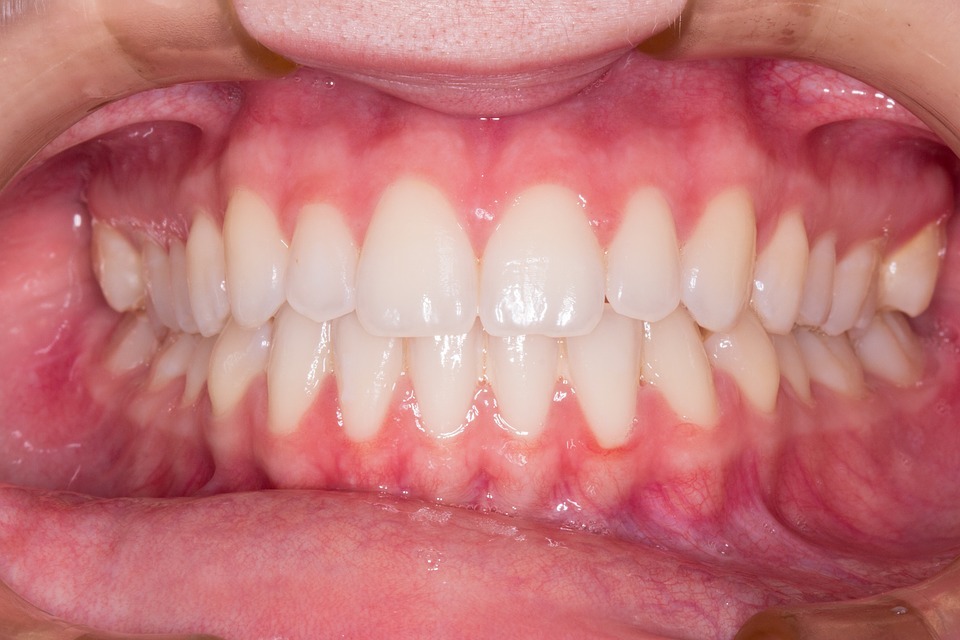
Braces work by forming little cramps that surround each tooth, which is sometimes called “Charlie’s Horses”. The enzymes that go into action together with orthodontic forces cause the old bone to disintegrate where the pressure is present and new bone to be formed where there is a void. These changes are quite normal and provide the basis for tooth movement through orthodontic procedures. There is no doubt found that the movement of teeth results at least in minor alterations to the length and shape of the teeth’s roots in all patient undergoing braces treatment. Most of these changes, however, cannot be detected with the naked eye.
FAQ
Do Braces Make the Roots of Your Teeth Shorter?
In about 1-2% of patients, noticeable root shortening might take place when undergoing average orthodontic treatment. There is evidence to suggest that some patients are simply more genetically predisposed to root shortening or resorption, as it is also called. This evidence can be found by looking at the families’ dental records when orthodontic treatment has taken place. If you are thinking about having braces treatment you should advise Dr. Demas of your family history if he does not hold the necessary dental records.
Many teeth that are experiencing root resorption still function quite normally. Dr. Demas will evaluate each individual tooth and any movement of the tooth through the use of X-rays. A tooth can function for a considerable number of years or a lifetime despite root resorption. It really depends on the condition of the tooth. If a particular tooth has been designated to be part of a fixed bridge, then Dr. Demas, or a member of his team, will have to assess whether a tooth inflicted with root resorption is sufficiently strong enough to provide a bridge support.
Can Root Shortening be Prevented?
There is not a lot that can be done in a root shortening situation except to monitor the patient’s progress when wearing braces. Dr. Demas will suggest taking x-rays routinely on an annual basis while braces are in place. If the process of root shortening is starting to develop, this will be discussed with you and your family. The likely course of action will depend on the amount of root shortening that has taken place. Dr. Demas may suggest that the treatment be continued or the treatment time may be shortened or the braces should be removed immediately.
There is a general perception that a tooth has the capability to lose up to 50 percent of its root length without a problem occurring. It is rare, in fact, for a tooth to be lost due to root shortening.
Contact Team Demas Orthodontics
For strong teeth in Southington, contact Team Demas Orthodontics for an appointment with one of these orthodontists:
- Donald C. Demas
- Mark Clauss
With an examination through medical images of your face and mouth, our orthodontists can determine the best type of braces or aligners for your needs. Most noteworthy is the types of orthodontic treatments available at Team Demas Orthodontics include:
- Invisible braces / Invisalign
- Ceramic braces
- Lingual braces
- Metal braces
Team Demas Orthodontics
27 Meriden Ave #2a, Southington, CT 06489, USA
Phone: 860-276-0333



